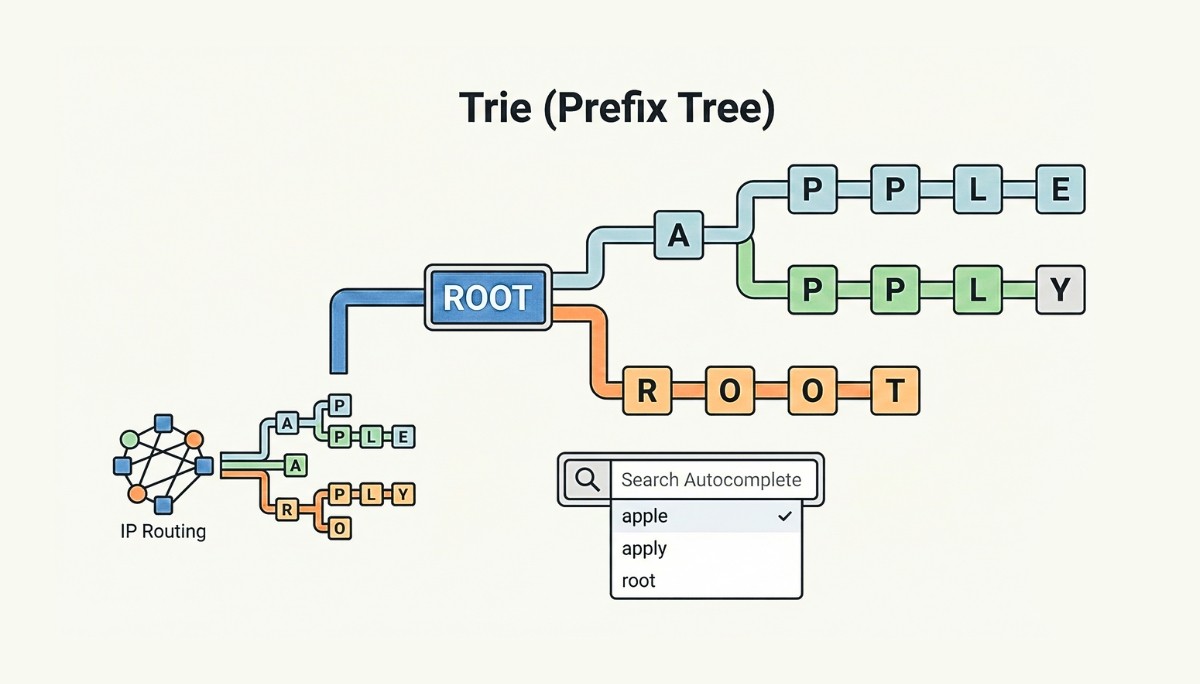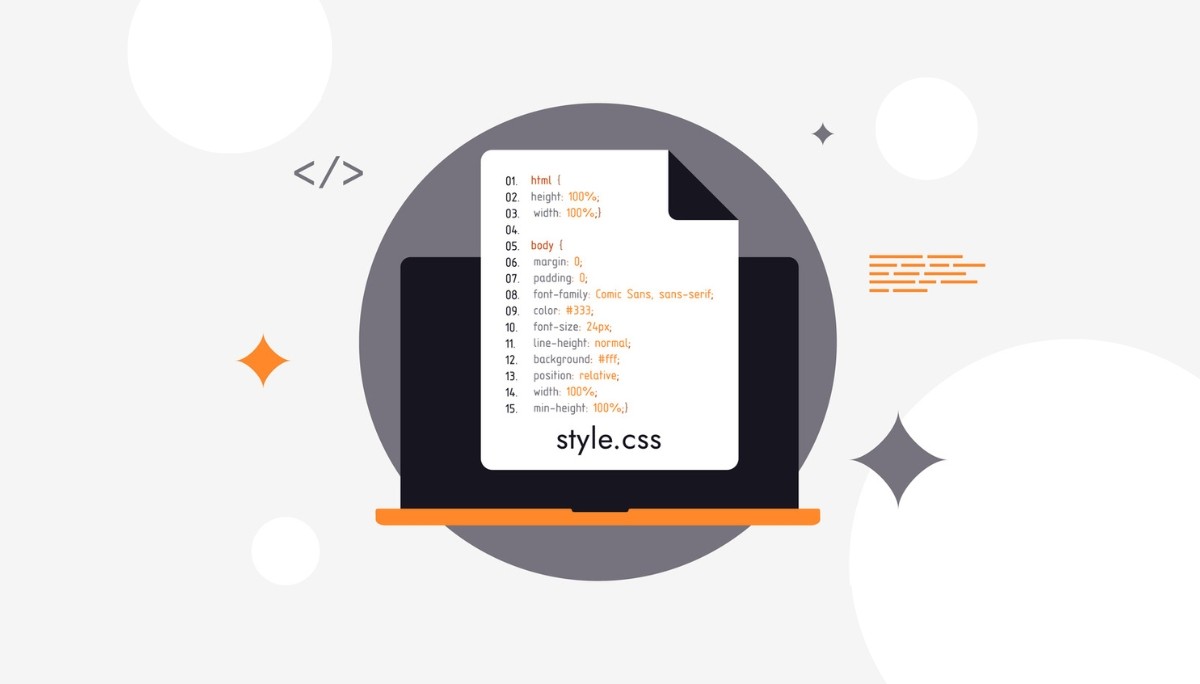What Is Software Quality Assurance? A Guide to QA in Development
By
Liz Fujiwara
•
Sep 24, 2025
Software Quality Assurance (SQA) is a critical component of the software development lifecycle, ensuring that applications are reliable, functional, and meet established quality standards. It encompasses a range of systematic processes, methodologies, and best practices designed to prevent defects, identify issues early, and maintain consistent software performance.
SQA is not limited to testing alone; it spans the entire development process, from requirements analysis and design to coding, deployment, and maintenance. This article will explore the core principles of SQA, highlight its essential processes, and explain why adopting robust quality assurance practices is vital for achieving successful, high-quality software outcomes in today’s competitive technology landscape.
Key Takeaways
Software Quality Assurance (SQA) is a comprehensive process that combines quality control and management practices to ensure software meets defined standards throughout its development lifecycle.
Key principles of effective SQA include early and continuous testing, creating feedback loops for ongoing improvement, and employing a variety of testing techniques to detect defects and improve software quality.
An effective SQA plan should define clear objectives, assign responsibilities, establish quality metrics, and include risk management strategies. This ensures structured and efficient testing processes, ultimately supporting the delivery of high-quality software.
Understanding Software Quality Assurance (SQA)

Software Quality Assurance (SQA) is a systematic process designed to ensure that a product or service meets defined quality standards. In software development, SQA is indispensable, involving continuous monitoring and improvement of development processes to guarantee that the final product meets both quality standards and functional requirements through a structured SQA program.
A common misconception is that SQA is synonymous with software testing. While testing is a critical component, SQA has a broader scope, encompassing quality control and quality management practices. Its goal is to deliver software that not only functions correctly but also performs optimally and securely. Implementing SQA helps companies avoid reputational damage and reduces costs associated with fixing defects after deployment.
The importance of SQA cannot be overstated. It ensures that software applications meet user needs and enhance user satisfaction. Neglecting SQA often results in subpar products and dissatisfied customers. In today’s competitive landscape, quality is essential for any successful software development process.
Understanding SQA requires recognizing its goal of enhancing the entire product development life cycle, from initial analysis to ongoing maintenance. This holistic approach ensures that quality is integrated into software from the ground up, rather than treated as an afterthought. Next, we will explore the key principles that underpin effective SQA practices.
Key Principles of Software Quality Assurance
Effective Software Quality Assurance (SQA) is guided by several core principles that ensure the delivery of high-quality software. One of the most important principles is early and continuous testing throughout the software development life cycle. Conducting tests early helps identify and resolve issues before they escalate into significant problems. This proactive approach is crucial for maintaining software quality and aligns closely with test-driven development practices.
Another cornerstone of SQA is the feedback loop. Continuous improvement depends on regularly reviewing and adjusting QA processes based on insights and feedback. This iterative process refines testing techniques and allows adaptation to evolving project requirements. Testing approaches vary depending on the industry and specific project goals, highlighting the importance of context-dependent testing strategies.
Additionally, the primary objective of software testing is to detect defects. It is important to consider the pesticide paradox, which states that repeatedly running the same tests will fail to uncover new issues. To address this, a variety of testing techniques, along with thorough regression testing, should be employed to ensure comprehensive coverage and effective defect detection.
These principles form the foundation of a solid SQA program, establishing a framework for the essential steps in implementing effective software quality assurance.
Essential Steps in Implementing SQA
Implementing an effective Software Quality Assurance (SQA) program involves several critical steps, each designed to ensure that the software development process meets quality standards. The first step is to define a clear QA process strategy early in development. This strategy should outline the scope of QA activities, the roles and responsibilities of team members, and the types of testing to be conducted.
Regular code reviews are another essential step. These reviews help identify potential issues early and promote knowledge sharing among team members. A dedicated test environment that closely replicates the production environment is also crucial for testing activities and code coverage, ensuring that outcomes are realistic and relevant to the actual user experience.
Continuous testing is vital for maintaining software quality over time. This involves:
Integrating Continuous Integration (CI) and Continuous Delivery (CD) pipelines, allowing for rapid scaling and frequent feature releases.
Effective defect management, which includes anticipating, tracking, and resolving software bugs.
Rerunning tests during the ongoing process of test execution to ensure that identified issues are adequately resolved, following models like Capability Maturity Model Integration (CMMI), integration testing, and the overall development cycle.
Finally, thorough documentation is key. Test summaries and closure reports should be prepared and provided to stakeholders to ensure transparency and effective communication. These steps collectively form a framework for implementing SQA, laying the groundwork for a deeper exploration of the various types of quality assurance testing.
Types of Quality Assurance Testing

A comprehensive Software Quality Assurance (SQA) program includes a variety of testing types, each serving a specific purpose in ensuring software quality. Functional testing, for example, evaluates an application’s processes based on specified requirements, ensuring that the software performs its intended functions correctly.
Non-functional testing examines aspects such as performance, reliability, and scalability, which enhance the overall user experience. Performance testing, a subset of non-functional testing, ensures that the software system responds to requests efficiently and can handle high volumes of traffic without degradation.
Usability testing focuses on the quality of the user experience, assessing how intuitive and user-friendly the interface is. Additionally, maximizing test coverage is essential for the comprehensive identification of potential software issues. By employing a diverse range of testing techniques, an SQA program ensures that software meets functional requirements while excelling in performance, usability, and reliability.
Manual vs. Automated Testing
One of the critical decisions in SQA is choosing between manual and automated testing.
Manual testing offers several advantages:
Allows for human interaction and flexibility, making it suitable for complex scenarios that require judgment.
Cost-effective for infrequent or intricate tests that require detailed exploration.
Supports usability testing by leveraging human intuition to assess user experience.
However, manual testing is more prone to human error, making it less consistent than automated testing. It is also resource-intensive, requiring skilled testers and significant time investment.
Automated testing excels in:
Executing repetitive tasks efficiently
Providing faster execution once set up
Achieving broader test coverage
Managing large volumes of test cases effectively
Quickly generating reports and executing tests through automated tools
These features improve overall test cycle efficiency.
Choosing between manual and automated testing depends on project requirements, timelines, and available resources. Often, a hybrid approach that combines both methods leverages the strengths of each, providing comprehensive coverage and optimal software quality.
Developing an Effective SQA Plan
Creating an effective Software Quality Assurance (SQA) plan is essential for ensuring software quality. The plan should clearly define the purpose, scope, and quality objectives of the software project. It should also outline the roles and responsibilities of the QA team and other stakeholders to ensure accountability.
Key components for evaluating and ensuring software quality include:
Establishing quality metrics such as defect density and test coverage to measure software quality objectively.
Implementing risk management strategies to identify and mitigate potential risks that could impact software quality, including conducting thorough risk assessments.
Developing a structured SQA plan based on well-defined test planning and comprehensive documentation.
Creating test execution plans that detail the schedule, methods, and procedures for conducting tests, ensuring a systematic and efficient testing process.
Documenting test processes and results to maintain transparency and facilitate effective communication with stakeholders.
This comprehensive, data-driven approach ensures that all aspects of SQA are addressed, leading to the delivery of high-quality software products and a robust testing process.
Best Practices for Successful SQA

To achieve successful SQA, following best practices is essential. Continuous learning and adaptation are crucial for improving software quality in response to user feedback and technological advancements. Staying updated with the latest trends and incorporating new techniques enhances QA teams’ testing processes.
Involving QA engineers early in the software development process often results in reduced costs and improved operational efficiency for software engineers and developers. Obtaining relevant certifications can also positively impact a company’s reputation and competitive standing in the software market.
Together, these practices contribute to the overall effectiveness and success of SQA efforts.
The Role of Standards and Certifications in SQA

Adhering to industry standards and obtaining certifications in SQA are essential for enhancing software quality. These standards demonstrate a company’s commitment to delivering high-quality products and help define clear quality benchmarks, improving overall software performance.
Compliance with industry regulations ensures that software meets security and data privacy requirements. Certifications not only build trust with clients but also provide a competitive advantage in the software market, particularly in areas such as security testing.
By following these standards and obtaining relevant certifications, companies can significantly strengthen their SQA processes and deliver more reliable, secure, and high-quality software products.
Leveraging Fonzi for Superior SQA

Fonzi is a platform that can be used to improve SQA efforts. Implementing a well-defined SQA process helps maintain a company’s reputation by ensuring products are free of major defects at launch and meet user expectations, ultimately contributing to higher customer satisfaction.
Fonzi connects companies with top-tier, pre-vetted engineers through its recurring hiring event, Match Day, streamlining the hiring process. Unlike traditional recruiting, Fonzi provides high-signal, structured evaluations with built-in fraud detection and bias auditing, ensuring candidates are both well-matched and engaged.
Supporting both early-stage startups and large enterprises, Fonzi offers a versatile solution for diverse hiring needs. By leveraging Fonzi, companies gain access to top engineering talent, strengthening SQA efforts and enabling the delivery of high-quality software products.
Skills Needed for a Career in SQA
A successful career in SQA requires a blend of technical expertise and soft skills. Essential technical skills include:
Proficiency in programming languages for automating tests and streamlining processes.
Understanding of system and web architecture to identify potential issues and design effective test strategies.
Programming skills for QA automation engineers, crucial for writing efficient and maintainable testing scripts.
Statistical analysis for evaluating product quality and ensuring compliance with industry standards.
Key soft skills for QA professionals include:
Communication skills, necessary for conveying quality standards clearly and collaborating effectively with development teams.
Problem-solving abilities, enabling the identification and resolution of product quality issues efficiently.
Human literacy, understanding the product’s impact on end users, which is vital for delivering user-centric software.
Additionally, domain expertise in specific industries can enhance QA effectiveness, allowing testing to align with industry standards, such as those in life sciences. Together, these technical and soft skills form the foundation for a successful career in SQA.
Summary
In summary, SQA is a vital component of the software development life cycle. It ensures that software products meet defined quality standards and functional requirements, leading to higher user satisfaction and reduced costs. Implementing SQA best practices involves understanding key principles, following essential steps, and leveraging a variety of testing types.
Adhering to industry standards and obtaining relevant certifications further strengthens SQA efforts. Platforms like Fonzi can enhance SQA by connecting companies with top-tier AI engineers. By focusing on continuous improvement and best practices, companies can deliver high-quality software products that meet user needs and stand out in a competitive market.




